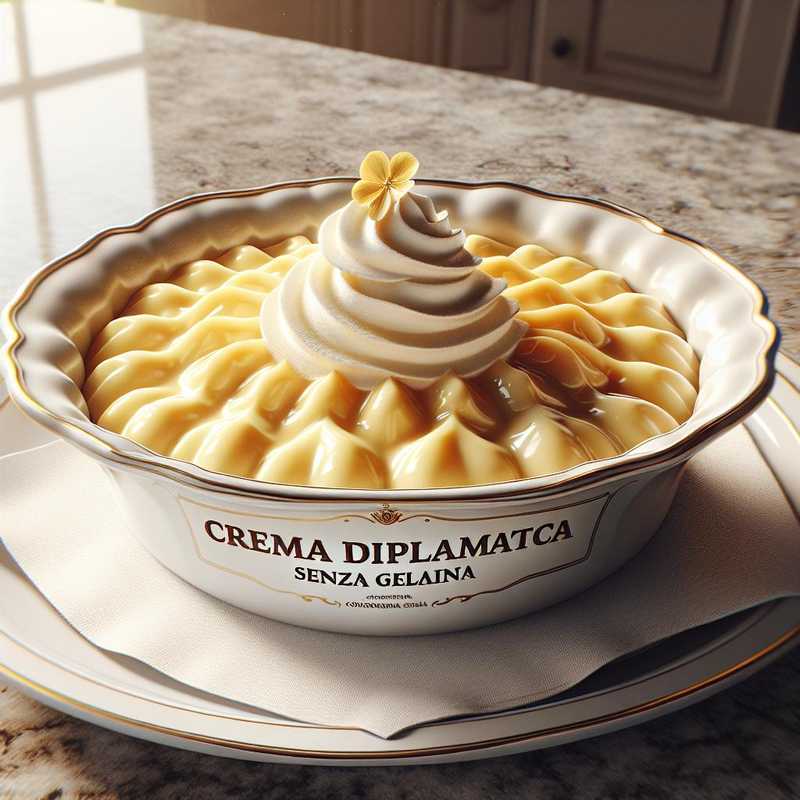Gelatin-Free Diplomatic Cream
17/11/2023Diplomatic cream, or crema diplomatico, is a classic sweet preparation of Italian pastry. It is a combination of custard and whipped cream, and sometimes it’s enriched with a bit of chantilly cream or Italian meringue. The traditional version can include fish glue (gelatin) to stabilize the mixture, but I can provide you with a gelatin-free version.
Ingredients
- 500 ml of whole milk
- 1 vanilla bean (or 1 teaspoon of vanilla extract)
- 4 egg yolks
- 100 g of granulated sugar
- 40 g of type 00 flour
- 40 g of cornstarch (cornflour)
- 250 ml of fresh cream for whipping
- Icing sugar (to taste, to sweeten the cream)
Preparation
- In a saucepan, bring the milk to a boil with the vanilla bean slit lengthwise to release the seeds. Once boiling, turn off the heat and leave to infuse for about 15 minutes.
- In a bowl, whisk the egg yolks with the granulated sugar until you obtain a light and frothy mixture.
- Add the sifted flour and cornstarch, mixing well to avoid lumps.
- Remove the vanilla bean from the milk (if you are using an extract it is not necessary) and pour the hot milk in a thin stream into the mixture of eggs, sugar, and flours, stirring continuously.
- Put everything back on low heat and cook the cream, stirring constantly until it thickens (about 7-10 minutes).
- Once the cream is ready, transfer it to a bowl and cover it with cling film in contact to prevent a skin from forming on the surface. Let it cool completely.
- Meanwhile, whip the fresh cream with a little icing sugar until you get a firm yet not too stiff consistency.
- When the custard is cold, remove the cling film and stir to make it smooth.
- Gently fold the whipped cream into the custard, moving from bottom to top so as not to deflate the mixture.
- Your gelatin-free diplomatic cream is ready! You can use it right away to fill desserts or leave it in the fridge until the time of use.
Curiosity
The diplomatic cream gets its name because, in the original version, it “diplomatically” combined custard and cream, as well as being considered a refined sweet, suitable for noble palates or, indeed, diplomats. It is widely used as a filling for sweets such as cakes, choux pastries, or mille-feuille.
